Answer:
I hate comp tickets.
They are the worst idea in the entire world.
Charity events are about raising money, why on Earth would you give tickets away for free? In my opinion, there is no good reason to give away tickets to any charity event.
When you give away free tickets a couple of things happen:
- You devalue the ticket and your event.
- It’s unfair for those who bought tickets at the market price.
- You are giving away money and losing out on revenue.
The assumption that people are going to spend money once they are in the room is 100% not true. People attending with comp tickets are usually there to party or promote themselves, not to help your organization.
It doesn’t matter if you have butts in the seats, it matters if you have the right butts in the seats. You need people who care and have the capacity to give. You will lose money with comp tickets, because most of those time people with comp tickets are not going to spend money at your event. If they had the capacity to give, they would have purchased a ticket. And, while they may care deeply about your organization, if they cannot donate, they are costing you money by attending your events.
I regularly work with the Children’s Museum of Sonoma County on their annual gala event. To make their event more successful we looked at data on who attended and made a gift over a three year period. We found that about 200 people consistently bought tickets, came to the event, and did not donate a dollar. For the next year’s event, we made two invitation lists. The priority list included everyone who had attended and made a gift over the last three years. Everyone else was put on a secondary list. The secondary list did not receive personal invitations to the event, but they did get the announcements on social media. Our aim was not to encourage the secondary list to attend. The first year we did this, we increased the fundraising from approximately $100k to $160k, with less butts in the seats.
A committed room of people who care and donate is really inspiring. It creates a feedback loop that promotes giving in others. We have only invited people back to the event if they have consistently donated over the years. We have a smaller list of people but the Children’s Museum of Sonoma County continues to grow their fundraising by about 10% a year.
Stop giving away comp tickets. Focus on the people who care about your nonprofit organization and have donated to you in the past. Hosting a small event does not mean you will raise less money. A room full of energized and engaged donors will always make your fundraiser successful.
Check out my post on hosting successful house party fundraisers for examples of how smaller events can still raise big money.
Abra is a member of the National Auctioneers Association and is one of 28 people in California to have their Benefit Auction Specialist designation. A gifted public speaker, she regularly conducts workshops on fundraising auctions, and is a sought-after speaker at fundraising events both locally and nationally as well as an active participant in the Association of Fundraising Professionals.









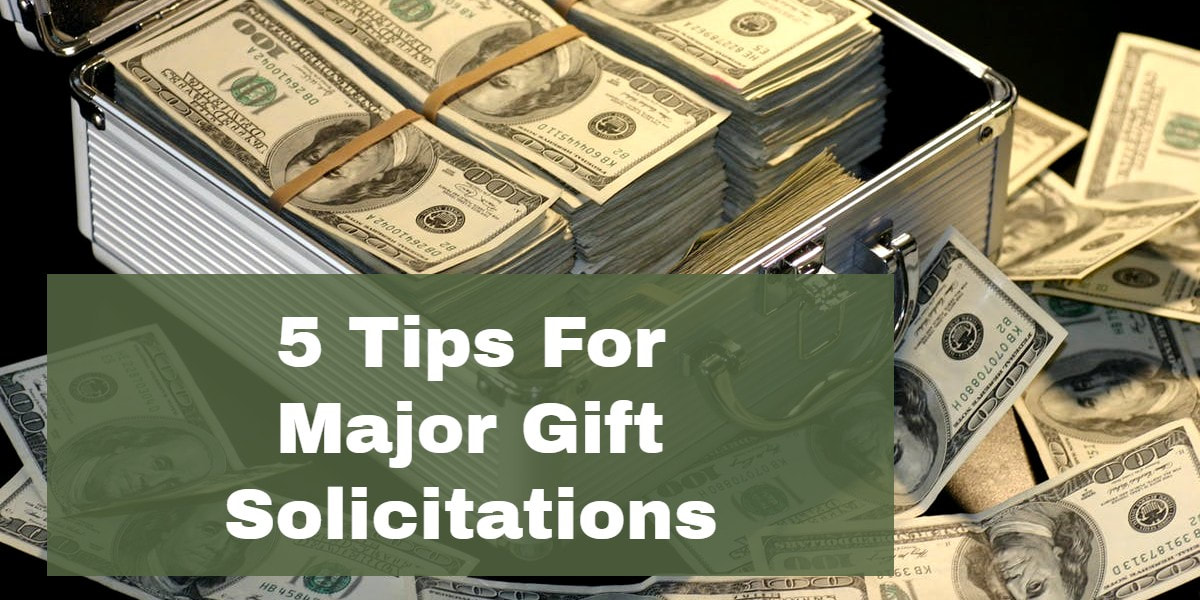



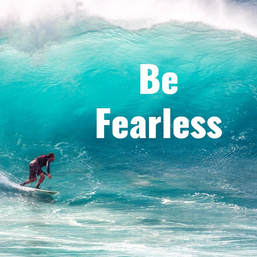
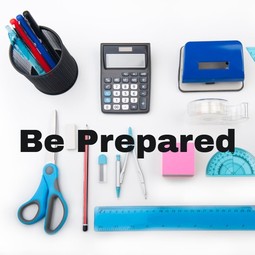
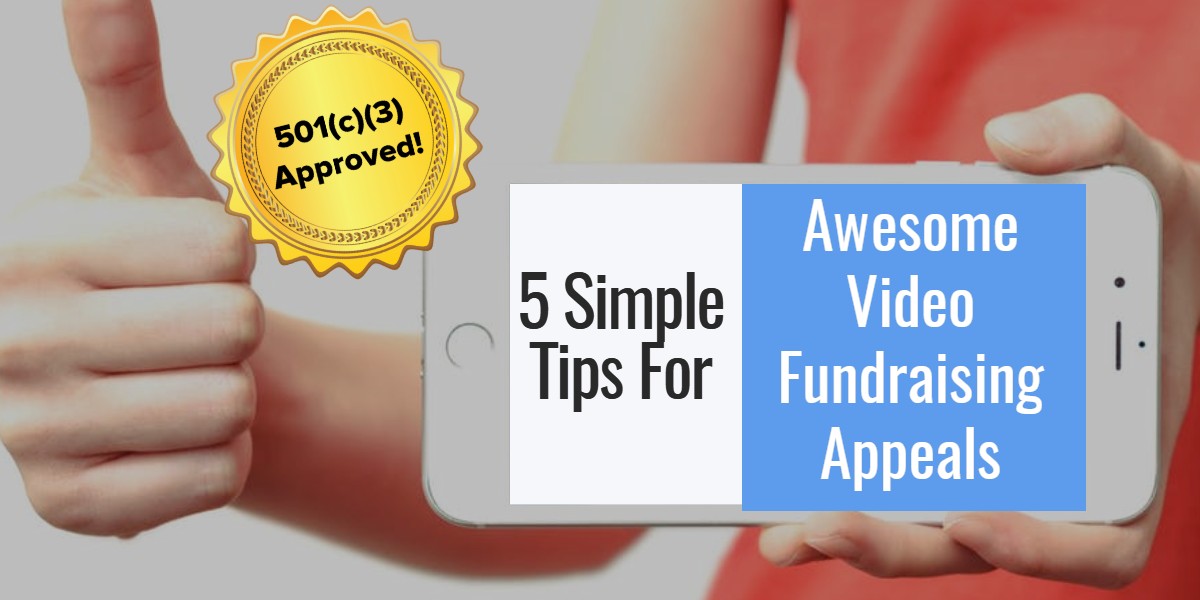

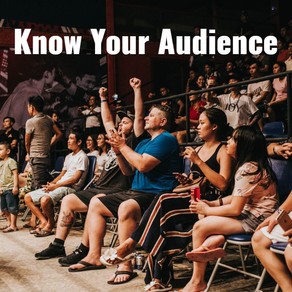



 RSS Feed
RSS Feed